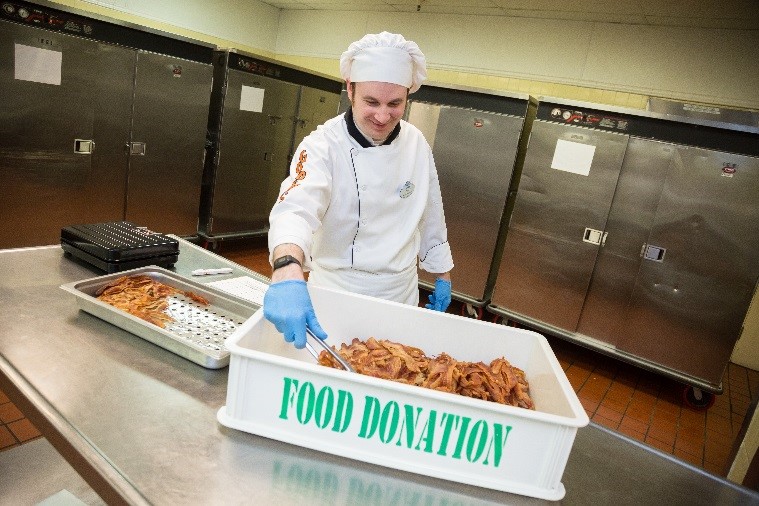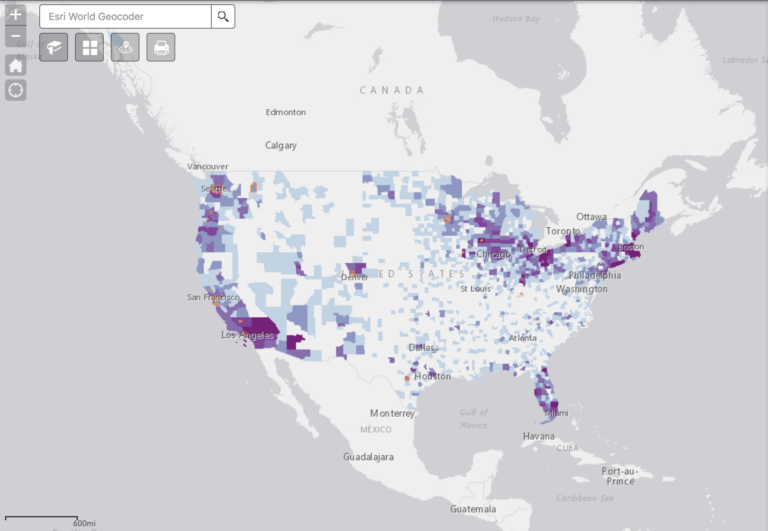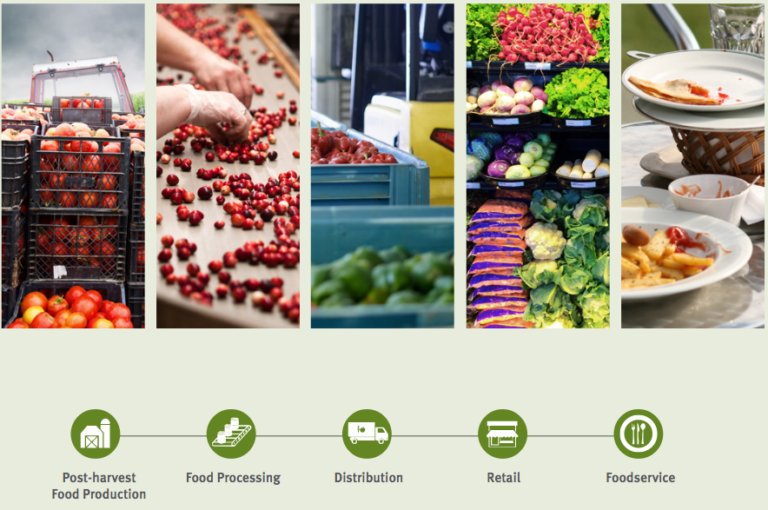Home
Featured Resources
View All ResourcesFind Resources By
Share Your Knowledge
Please share your resources to help others learn from your work—both successes and challenges—in addressing food loss and waste. This includes sharing information about upcoming food loss and waste events, such as conferences, workshops and webinars. By learning from one another, we can improve the effectiveness of our efforts and strengthen the movement to reduce food loss and waste across the United States.
Understand the Issue
Food loss and waste refers to food that is not eaten by people, for whatever reason.
Prevention is the first step in reaching our national goal to cut food loss and waste in half.
About this Site
Further with Food is the website to find and share information and tools dedicated to reducing food loss and waste in the United States. This site provides a broad spectrum of users – from experts to novices – with high-quality information and proven solutions to reduce food loss and waste as well as a platform to share research, experiences, innovative approaches, and tools.

News & Updates
Our Latest Newsletter
In our March newsletter, we honor National Nutrition Month by looking at the impact of FLW reduction on improving public health and nutrition.
Sign Up For Updates
To receive news updates from Further with Food, including information about new initiatives, research results and upcoming food loss and waste events, please provide the following information and push the “subscribe” button!



